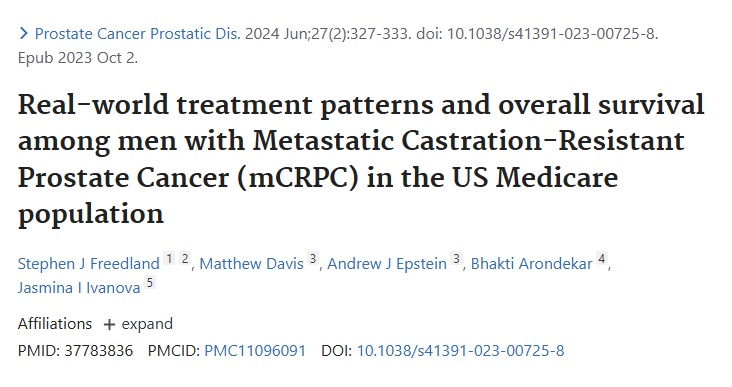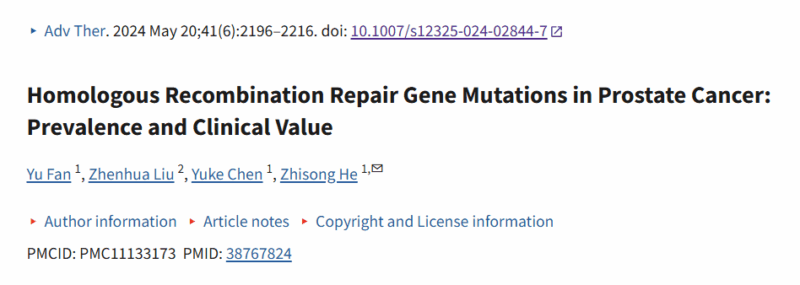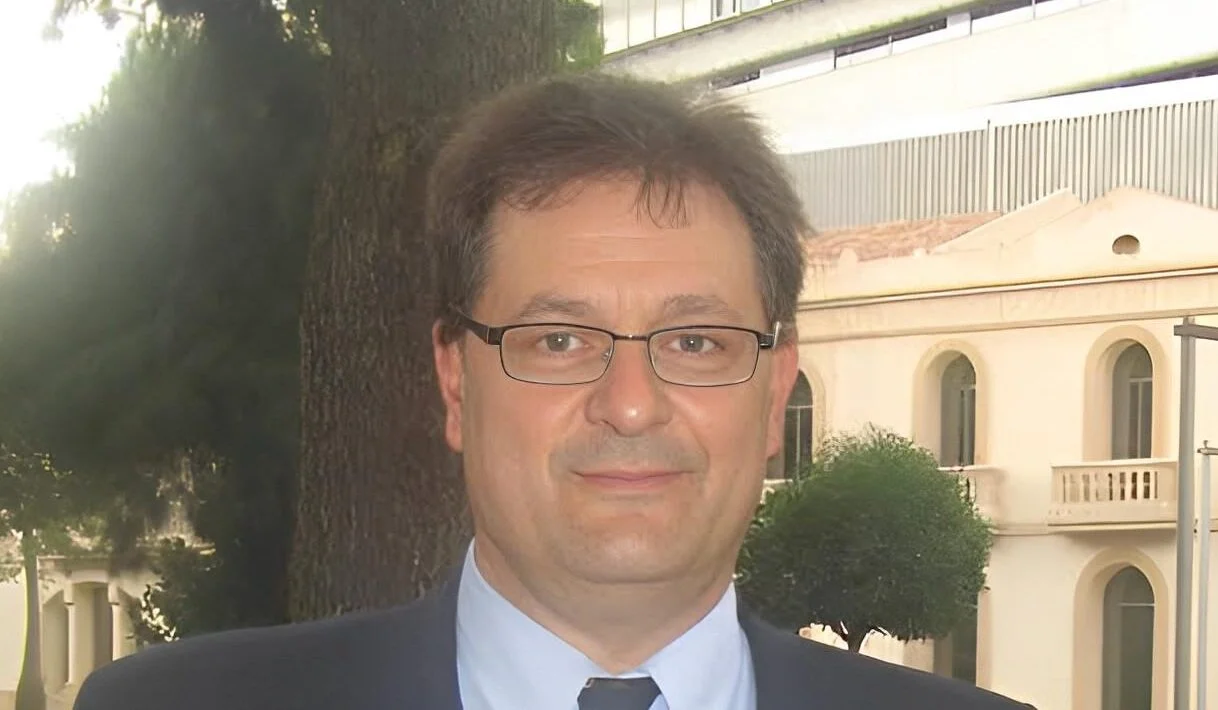Miguel Bronchud, Co-Founder of Regenerative Medicine Solutions, shared a post on LinkedIn:
“Prostate cancer treatments continue to evolve. From surgical to chemical castration to pharmacological inhibitions of testosterone levels and now therapeutic action and/or interference with normal DNA repair pathways?
Metastatic prostate cancers are bad news, particularly when tumor cells become insensitive to hormonal (testosterone) manipulation and become ‘castration resistant progressive malignant disease’.
See ‘Real-world treatment patterns and overall survival among men with metastatic castration-resistant prostate cancer (mCRPC) in the US Medicare population’
Title: Real-world treatment patterns and overall survival among men with Metastatic Castration-Resistant Prostate Cancer (mCRPC) in the US Medicare population
Journal: Nature
Authors: Stephen J Freedland, Matthew Davis, Andrew J Epstein, Bhakti Arondekar, Jasmina I Ivanova

TALAPRO-2 was a randomised, double-blind, placebo-controlled, phase 3 trial conducted by several international groups – clinical follow up has now shown that not only progression free survival (PFS) can be increased with the combination of Talazoparib plus enzalutamide in men with HRR-deficient metastatic castration-resistant prostate cancer– the overall survival can also be increased especially in the HRR-deficient group of patients.
For some two decades, data suggested that a significant proportion of patients with metastatic castration-resistant prostate cancer (mCRPC) have mutations in homologous recombination repair (HRR) genes and may benefit from poly (ADP-ribose) polymerase (PARP) inhibitors.
Title: Homologous Recombination Repair Gene Mutations in Prostate Cancer: Prevalence and Clinical Value
Journal: Advances in Therapy
Authors: Yu Fan, Zhenhua Liu, Yuke Chen, Zhisong He

However, the adoption of HRR gene mutation testing in prostate cancer has remained relatively low, meaning there is a missed opportunity to identify patients who may benefit from targeted therapy with PARP inhibition, with or without novel hormonal agents. Following these results, one can probably expect an increase in HRR molecular testing with and without a family history.
The Lancet (2025, July) – ‘Talazoparib plus enzalutamide in men with HRR-deficient metastatic castration-resistant prostate cancer: final overall survival results from the randomised, placebo-controlled, phase 3 TALAPRO-2 trial’– Prof Karim Fizazi, MD
In the genetically unselected cohort, patients were randomly assigned from 200 centres, including hospitals, cancer centres, and medical centres, in 26 countries in North America, Europe, Israel, South America, South Africa, and the Asia – Pacific region.
Adult men (aged ≥18 years [≥20 years in Japan]) with asymptomatic or mildly symptomatic metastatic castration-resistant prostate cancer receiving ongoing androgen deprivation therapy, and with no previous life-prolonging systemic therapy for castration-resistant prostate cancer, were randomly assigned (1:1) to talazoparib 0·5 mg plus enzalutamide 160 mg or enzalutamide plus placebo, administered orally once daily as initial treatment for metastatic castration-resistant prostate cancer, stratified by HRR gene alteration status (HRR-deficient vs HRR-non-deficient or unknown) and previous treatment for castration-sensitive disease (yes vs no).
The sponsor, patients, and investigators were masked to talazoparib or placebo, and enzalutamide was open label. The primary endpoint was rPFS by blinded independent central review, and overall survival (time from randomisation to death due to any cause) was an event-based α-protected key secondary endpoint (α-threshold at final overall survival analysis was 0·022 [two-sided])—both assessed in the intention-to-treat population.
Follow-up for overall survival was intended to continue until the planned final analysis. Safety was assessed in patients who received at least one dose of a study drug.
Overall survival favoured talazoparib plus enzalutamide over enzalutamide plus placebo in HRR-deficient patients (n=169; HR 0·55 [0·36–0·83]; p=0·0035) and (more CONTROVERSIAL) to a lesser extent in HRR-non-deficient or unknown patients (n=636; HR 0·88 [0·71–1·08]; p=0·22).
Updated rPFS also favoured talazoparib plus enzalutamide (HR 0·67 [0·55–0·81]; p<0·0001); median rPFS was 33·1 months for talazoparib plus enzalutamide versus 19·5 months for enzalutamide plus placebo.
Safety was consistent with the known profile of talazoparib; common grade 3 or higher adverse events with talazoparib plus enzalutamide were anaemia (195 [49%] vs 18 [4%] patients with enzalutamide plus placebo) and neutropenia (77 [19%] vs six [1%] patients with enzalutamide plus placebo).
Interpretation – Combining talazoparib TOGETHER with enzalutamide significantly improved overall survival in patients with metastatic castration-resistant prostate cancer, supporting this combination as a standard-of-care initial treatment option for these patients.
The Lancet (2025, July)”
Title: Talazoparib plus enzalutamide in men with HRR-deficient metastatic castration-resistant prostate cancer: final overall survival results from the randomised, placebo-controlled, phase 3 TALAPRO-2 trial
Journal: The Lancet
Authors: Karim Fizazi, Prof Arun A Azad, Nobuaki Matsubara, Joan Carles, Prof André P Fay, Ugo De Giorgi, Prof Jae Young Joung, Peter C C Fong, Eric Voog, Prof Robert J Jones, Neal D Shore, Curtis Dunshee, Stefanie Zschäbitz, Prof Jan Oldenburg, Dingwei Ye, Xun Lin, Matko Kalac, A Douglas Laird, Dana Kennedy, Prof Neeraj Agarwal

More posts featuring Miguel Bronchud on OncoDaily.
